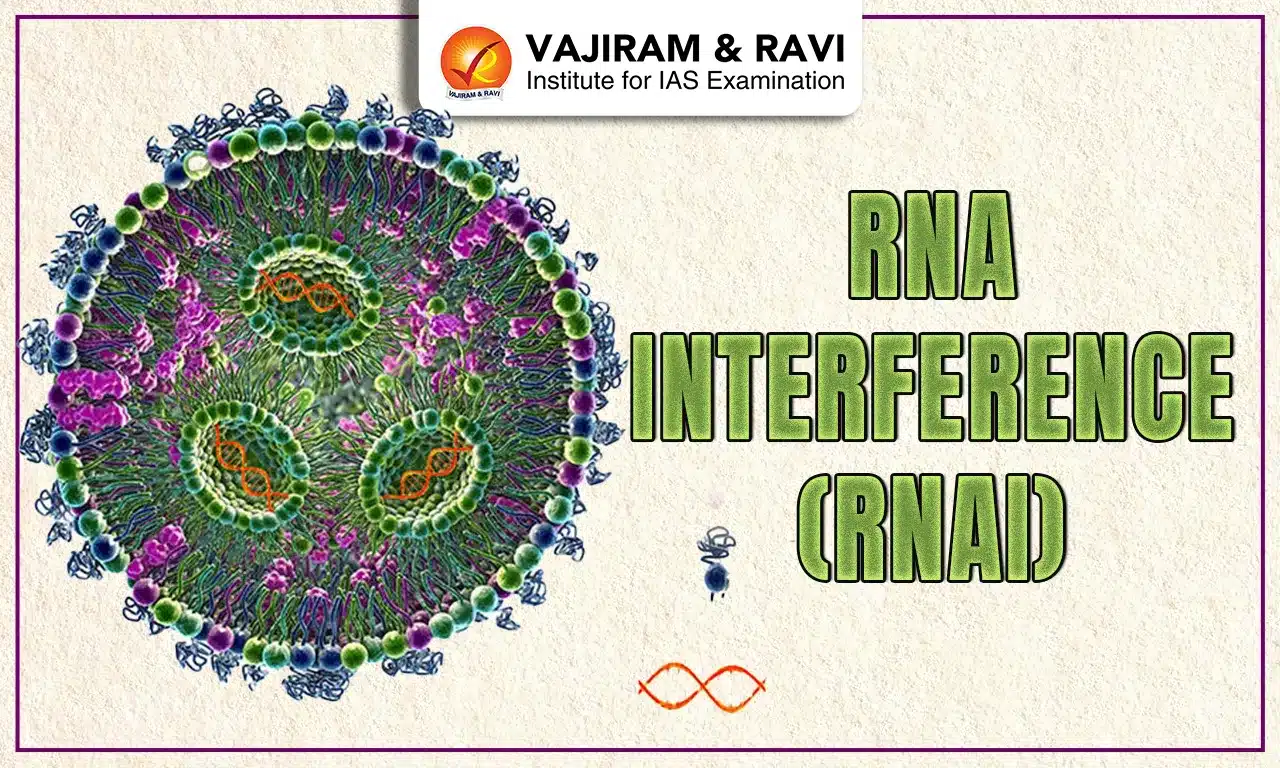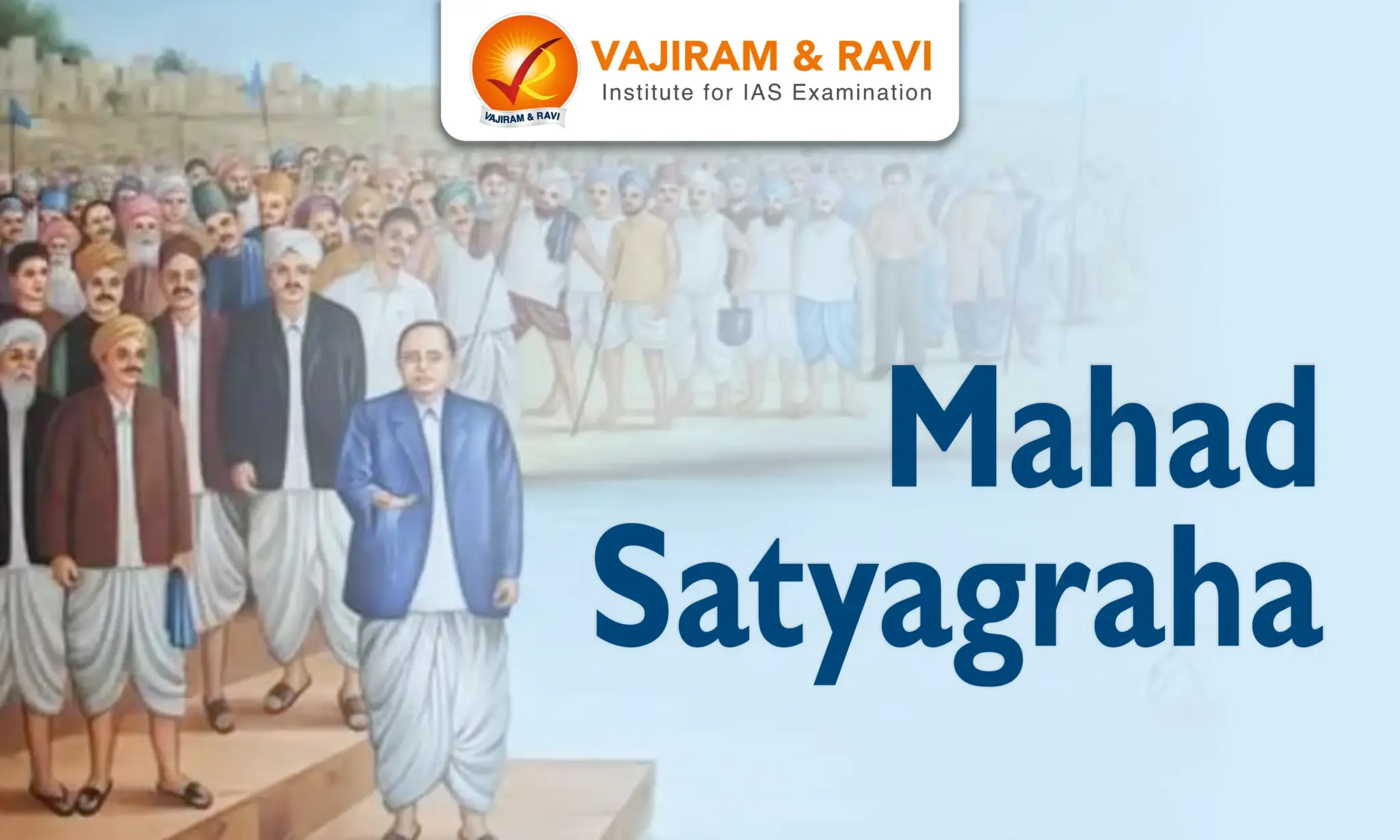RNA interference (RNAi) is a naturally occurring post-transcriptional mechanism found in nearly all cells. It was discovered by Andrew Fire and Craig Mello in 2006. RNAi is a gene silencing or gene knockdown technology working at the RNA level. It targets the organism's own mRNA sequence and interferes with protein synthesis. RNA interference acts as a mode of gene regulation or works as a defense mechanism against any exogenous pathogenic RNA.
RNAi is also employed in genetic engineering to artificially suppress particular genes. This technique has proven instrumental in various applications, including the study of gene function, cancer therapy, control of viral infections, advancements in agricultural biotechnology, etc.
Methods involved in RNA Interference
There are three methods of RNAi technology, i.e., RNa-based RNAi, DNA-based RNAi and CRISP-mediated RNAi. In which RNA based RNAi is the natural process that occurs in almost all Eukaryotic cells.
RNA based RNAi
RNA based RNAi involves the use of small interfering RNA (SiRNA) or micro RNA (miRNA). It is produced from the cleavage of double stranded RNA (dsRNA) molecules to interfere with the translation of m-RNAs to proteins, ultimately influencing gene expression. The mechanism of RNA based RNAi involves:
- Formation of siRNA or MiRNA: RNAi starts if the cell encounters dsRNA when specific genes are copied in a special way or when a virus with dsRNA enters the cell.
- The DICER enzyme cuts this dsRNA into tiny pieces known as siRNAs or miRNAs, each with 21-25 nucleotides long.
- The siRNA molecules are like messengers in the RNAi process.
- Formation of RISC Complex:
- The siRNAs join a group of enzymes known as RISC (RNA-induced silencing complex) that helps identify the target mRNA.
- Binding to the mRNA: The RISC complex finds mRNA that matches the siRNA and is complementary to it.
- Degradation of mRNA:
- RISC also contains the Argonaute protein, another important family of proteins.
- In the bound state, the Argonaute protein cleaves the m-RNA, either destroying it or recruiting other gene silencing proteins.
- Role of RNA based RNAi in cells:
- Regulating the expression of particular gene and protein synthesis by adding a layer of control mechanism.
- Protecting cells from exogenic parasites like viruses (by attacking virus' mRNAs) and from endogenic nucleic acids (RNA).
DNA-based RNA Interference
In DNA-based gene silencing, a short DNA sequence is used artificially to target specific RNA molecules by activating the cell’s natural RNAi pathway.
- Mechanism: The DNA sequence are constructed to express self-complementary double stranded RNAs, that enters into the RNAi pathway.
- Sometimes the DNA constructs can work by physically blocking the interaction of RNA with protein synthesis machinery.
CRISPR-mediated RNAi
Unlike traditional CRISPR, which cuts the specific location in the double-stranded DNAs, CRISPR interference is used in the RNAi mode of gene silencing.
- dCas9: CRISPRi involves using dCas9, a modified form of the Cas9 endonuclease, along with a single guide RNA (sgRNA).
- dCas9 binds to a target site in the genome without cutting it, but it can block transcription, thereby silencing the targeted gene.
- First, dCas9/sgRNA and the transcriptional effector complex bind to the promoter region of the target genes.
- Then, it results in transcriptional blockage of the gene.
- Cas13 family enzymes: They are a group of CRISPR-associated proteins that also target and cleave RNA, rather than DNA.
- Like Cas9 they are guided to their targets by RNA.
- But unlike the dCas9 system, they cleave the target mRNA.
Note: CRISPR-Cas9 is a gene editing tool, which can also be used for gene silencing, but at the DNA level. Hence, it does not come under the aegis of the RNAi.
Applications of RNA Interference (RNAi)
RNA based gene silencing or gene knockdown (RNAi) has the potential to be used in various applications, both in biomedical research and functional genomics. Some of these applications are being described here.
- Plant Genetics and Agriculture:
- It can be employed to create plants with specific traits, like making them resistant to pests or producing decaffeinated coffee.
- RNAi Therapeutics:
- It is a new area of therapeutics where scientists have started to tap the potential of gene silencing by targeting mRNA.
- It has shown potential to treat diseases by targeting specific genes associated with the disease, such as HIV, hepatitis C, and respiratory diseases.
- Drug Development:
- It is used to identify genes that could make cells resistant to certain drugs or genes that are affected by specific drugs, providing insights into their mechanisms of action.
- Cancer Therapy:
- It holds the potential for treating cancers caused by mutated genes, which can be targeted and suppressed by using RNAi.
- Research in Functional Genomics:
- It helps in quickly understanding the functions of different genes in various organisms.
- It is useful in studying genes that are newly discovered and not well-understood.
Limitations of RNA Interference (RNAi)
The use of RNA interference (RNAi) technology comes with some challenges, which are as follows:
- Difficulty in Designing Effective siRNA Sequences:
- To figure out the right sequence for the siRNA can be difficult.
- There are specific rules and constraints to follow, and sometimes, even with careful design, it may not work properly.
- Cell Receptiveness:
- It may be possible that some cells might not easily take in the siRNA, which can limit its effectiveness.
- Efficiency of siRNA in Cell:
- siRNA are relatively less stable and efficient in cells than that in in-vitro conditions.
- It's important to find the right type of chemical modification that makes the siRNA stable in the body without affecting its ability to silence the target gene.
Gene Knockdown vs. Gene Knockout
The following are the differences between Gene Knockdown and Gene Knockout:
| Gene Knockdown | Gene Knockout |
| Gene Knockdown is a temporary and often incomplete reduction in the expression of a specific gene. | Gene Knockout is a permanent and complete elimination of a gene's function. |
| It is achieved by interfering with messenger RNAs (mRNAs) or non-coding RNAs, produced by cells. | It involves the deletion or inactivation of the gene (DNA), rendering it non-functional. |
| It does not involve alterations to the host genome. | It involves the alteration of genomic DNA sequences. |
Last updated on November, 2025
→ Check out the latest UPSC Syllabus 2026 here.
→ Join Vajiram & Ravi’s Interview Guidance Programme for expert help to crack your final UPSC stage.
→ UPSC Mains Result 2025 is now out.
→ UPSC Notification 2026 is scheduled to be released on January 14, 2026.
→ UPSC Calendar 2026 is released on 15th May, 2025.
→ The UPSC Vacancy 2025 were released 1129, out of which 979 were for UPSC CSE and remaining 150 are for UPSC IFoS.
→ UPSC Prelims 2026 will be conducted on 24th May, 2026 & UPSC Mains 2026 will be conducted on 21st August 2026.
→ The UPSC Selection Process is of 3 stages-Prelims, Mains and Interview.
→ UPSC Result 2024 is released with latest UPSC Marksheet 2024. Check Now!
→ UPSC Prelims Result 2025 is out now for the CSE held on 25 May 2025.
→ UPSC Toppers List 2024 is released now. Shakti Dubey is UPSC AIR 1 2024 Topper.
→ UPSC Prelims Question Paper 2025 and Unofficial Prelims Answer Key 2025 are available now.
→ UPSC Mains Question Paper 2025 is out for Essay, GS 1, 2, 3 & GS 4.
→ UPSC Mains Indian Language Question Paper 2025 is now out.
→ UPSC Mains Optional Question Paper 2025 is now out.
→ Also check Best IAS Coaching in Delhi
RNA Interference (RNAi) FAQs
Q1. What is RNA Interference?+
Q2. Where does RNA Interference occur?+
Q3. What are the steps in the RNA Interference process?+
Q4. Which form of genetic material initiates RNA interference?+
Q5. How Does RNA Interference Work?+
Tags: quest rna interference




















